YouTube monetization: How to monetize YouTube videos in 2025
Want to make money on YouTube in 2025? Learn about eligibility, payouts, and more today.
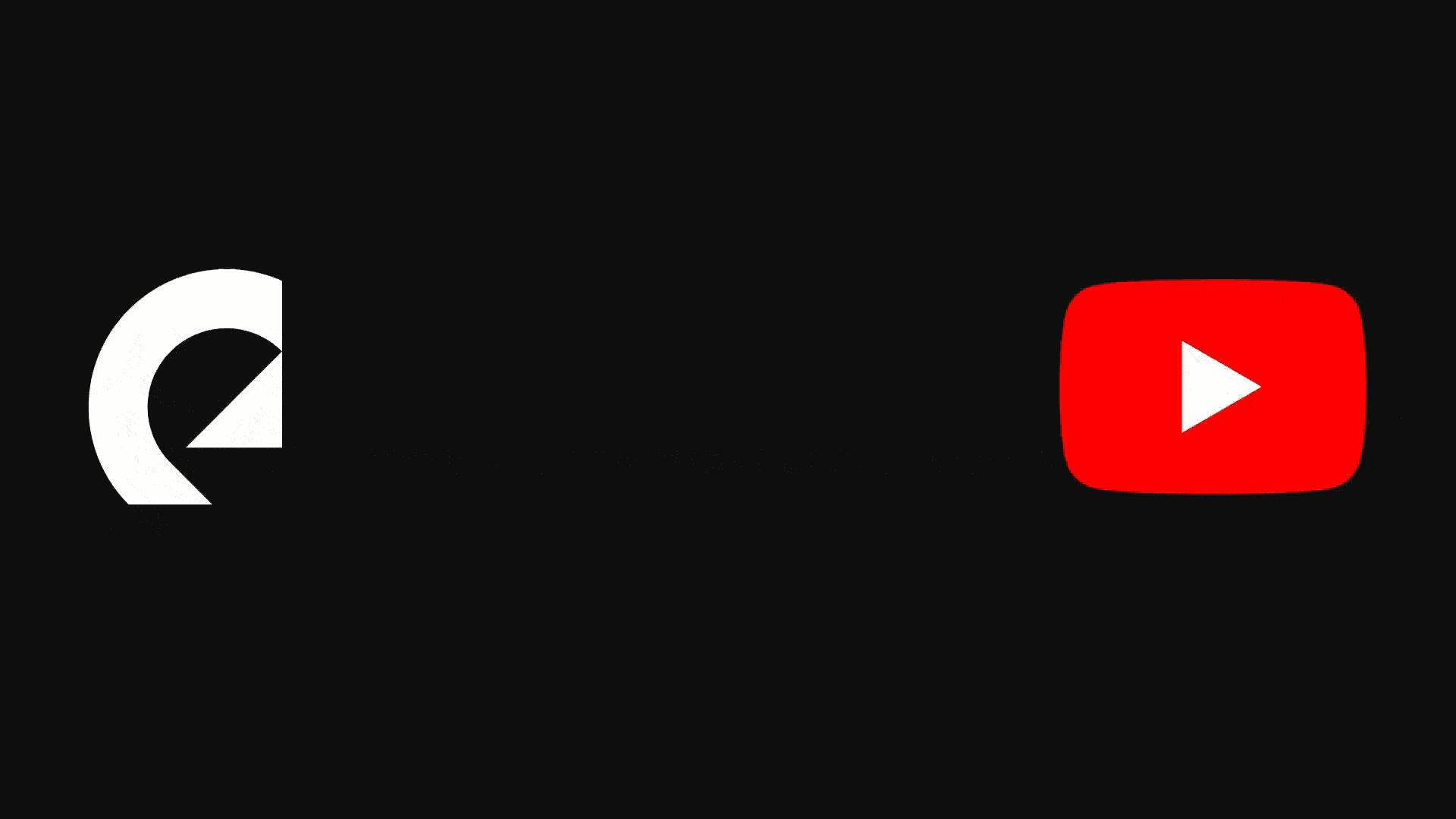
Monetization on YouTube might seem tricky, but it doesn’t have to be. With the help of the trusty YouTube Partner Program (YPP) and its built-in advertising system, you can start making money with your content pretty quickly.
Today, we’ll cover:
- What is YouTube monetization?
- What are the YouTube monetization requirements in 2025?
- Is there a YouTube monetization check?
- Is it free to monetize on YouTube?
- How to turn on YouTube monetization
- What to do if the YPP rejects your application
- How does YouTube make money?
- AdSense and YouTube: How does it work?
- How much does YouTube pay?
- How do you earn money on YouTube?
What is YouTube monetization?
YouTube monetization is the process in which individual creators, brands, and advertisers earn money on YouTube. The platform is the world’s second-largest search engine, and offers an equally wide range of monetization methods.
YouTube advertising provides the main source of income for monetizing creators. YouTubers can also make money with extras like Super Thanks, Super Chats, YouTube Premium, channel memberships, and YouTube Shopping. We’ll run through all those nuts and bolts in a few minutes.
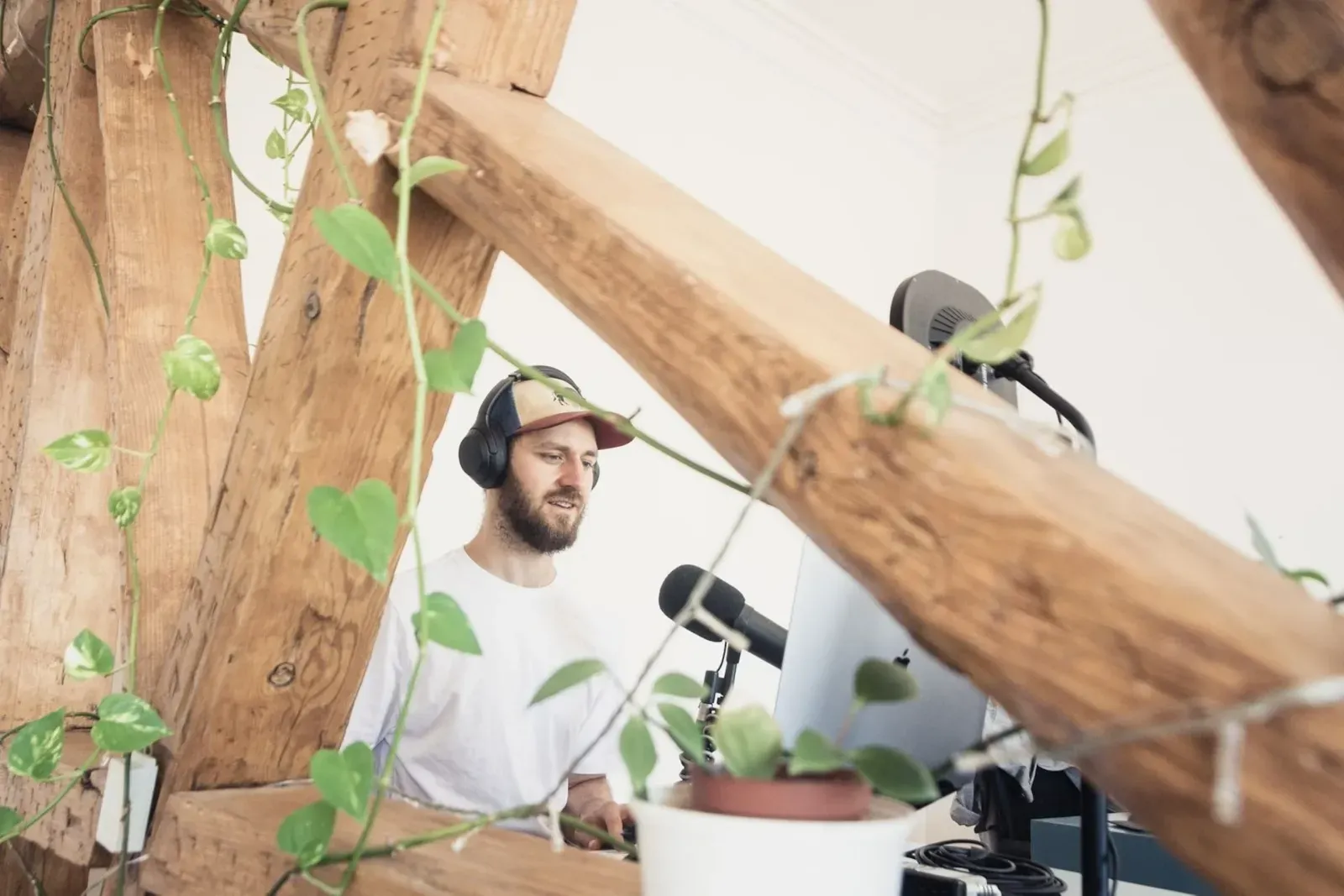
What are the YouTube monetization requirements in 2025?
While there are a few off-platform routes to YouTube monetization, the bulk of it happens within the YPP.
To check the criteria for YouTube monetization, you must:
- Live in a country where the YPP is active
- Run a channel with at least 500 subscribers
- Have uploaded at least three public videos in the last 90 days
- Reach 3,000 valid public watch hours in the past 12 months, or 3 million valid public YouTube Shorts views in the past 90 days
- Have an active AdSense account linked to your YouTube channel
- Allow two-step verification on the Google account linked to your YouTube channel
- Follow YouTube’s Channel Monetization Policies
- Follow YouTube’s Community Guidelines
The above will unlock the YPP’s core features, including channel memberships, Super Thanks, Super Chat, Super Stickers, and YouTube Shopping capabilities for your own products and services.

To access revenue sharing from ads, YouTube Premium, and a more diverse YouTube Shopping offering, you’ll need all of the above, plus:
- 1,000 subscribers
- 4,000 valid public watch hours in the past 12 months
- Or 10 million valid public Shorts views in the past 90 days
That might sound like a lot, but if you’re already creating content and bringing new fans in, you’re well on your way.
Is there a YouTube monetization check?
If you’re focused on building your channel, you might even miss the point when you become YPP-eligible. We can’t let that happen — you need to celebrate! Head to YouTube Studio, find the ‘Earn’ area, and select ‘Get notified’. Once you meet the criteria, you’ll receive an email and can apply for the YPP.
Is it free to monetize on YouTube?
Monetizing YouTube content carries no upfront cost. We’ll discuss how the platform takes a cut of your earnings shortly, but you’ll never be billed before you make money.
OK, so you’ve nailed all of the YPP criteria — now it’s time to kick everything off in YouTube Studio. Let’s walk through the process of activating YouTube monetization.

How to turn on YouTube monetization
Make yourself a coffee, grab your comfiest cushion, and get ready to turn on YouTube monetization:
- Head to the YouTube homepage. Click your profile icon, then select ‘YouTube Studio’ in the dropdown menu.
- Find the left navigation bar and click ‘Earn’.
- As long as you’ve met the requirements, you should see an ‘Apply now’ button — click it. If you’ve not met the requirements yet, there’s a ‘Notify me when I’m eligible’ button. Hit that, and YouTube will email you when you’re ready.
- Now, YouTube will check that you meet their Community Guidelines. It’s worth familiarizing yourself with the rules, so you don’t accidentally break them later down the line.
- At this point, you should also double-check that your channel’s location settings are correct. Otherwise, you might run into problems if your channel isn’t set to the correct country.
- Link your YouTube channel to your AdSense account, or create one here. If you already have an AdSense account, you can log straight in and hook it up to your YouTube channel.
- Now you’re ready to apply. Part of the verification process is manual, meaning an actual human will make a decision. For this reason, it could take up to a month for your YPP application to be reviewed and approved.
- Once you’ve been accepted, you can turn on YouTube monetization for individual, existing videos. To do this, head back to YouTube Studio.
- Click ‘Content’ from the left-hand menu, then find the video you’d like to monetize.
- Tap ‘Edit’ on your selected video, and toggle the ‘Monetization’ option so that it’s on. If your video is over eight minutes long, you can choose to include mid-roll ads.
- Click ‘Back’, then save your changes. The chosen video is now monetized.
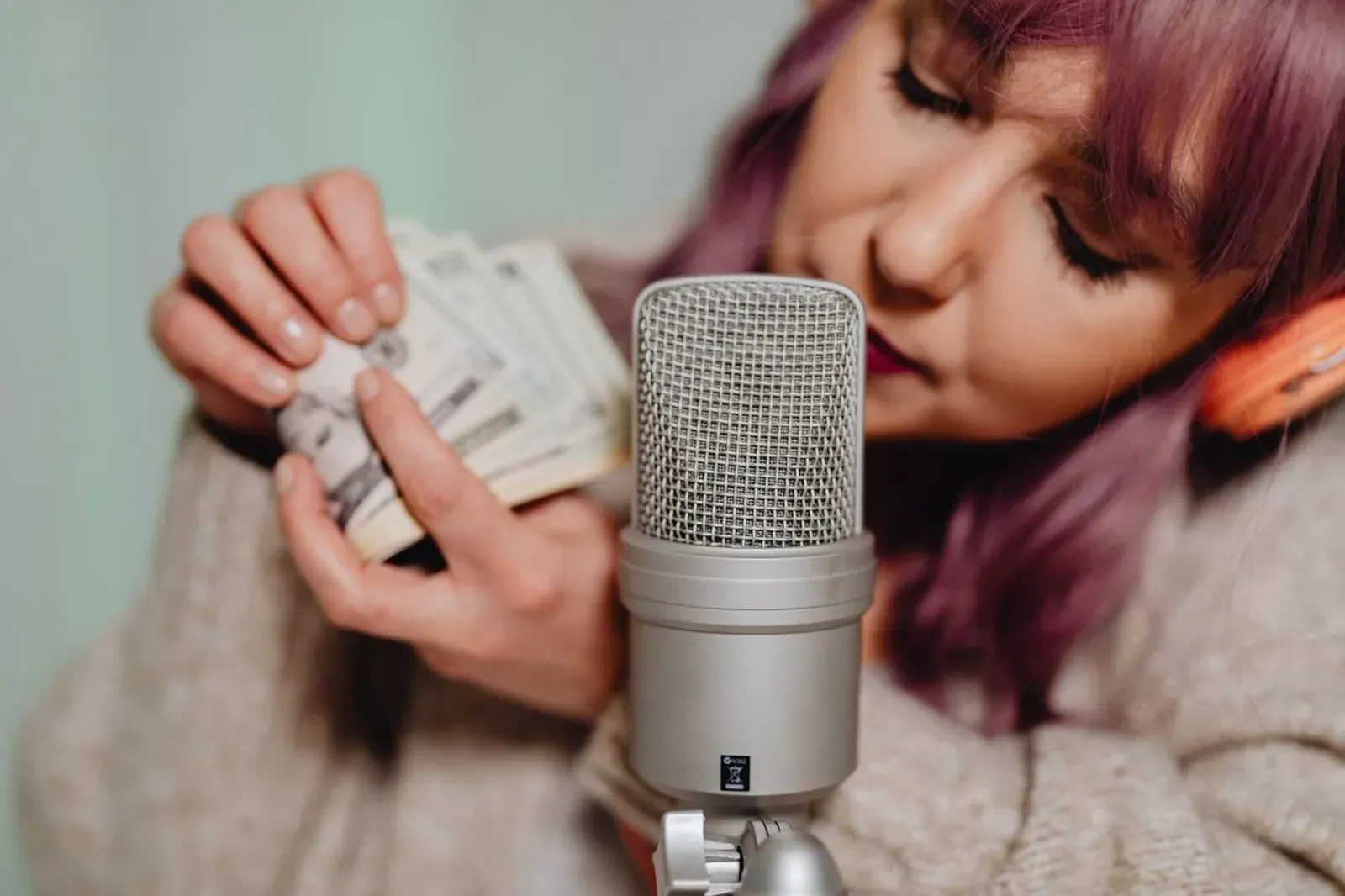
Your right to monetize can be revoked, though. This usually happens if you break numerous rules, but YouTube can also demonetize your channel if you haven’t published any new content in six months. Follow the guidelines, stay engaged, and you should fall on the right side of the platform’s monetization rules.
What to do if the YPP rejects your application
If you’ve gone through all of the above, waited for a decision, and received a rejection, it can be frustrating. But don’t worry — it’s not the end of the road. If the YPP rejects your application, you’ll get a notification detailing which policies or criteria you’re not quite hitting.
Then, you have 21 days to appeal the decision. Or, you can create a fresh application in 30 days’ time, provided you still meet all of the criteria. If you’re rejected more than once, you’ll have to wait 90 days before you can try again.
How does YouTube make money?
YouTube’s main revenue stream is advertising. While creators receive 55% of the money from ad-supported video views, 45% goes to the platform itself. In a way, you can see it as creators paying to broadcast their content to potential millions.
Advertising aside, YouTube takes 45% of the fixed fee for YouTube Premium subscriptions, and 30% from Super Chat, Thanks, and Stickers. While it’s possible to do good numbers with a monetized YouTube channel, know that a sizable wedge goes back to the platform.
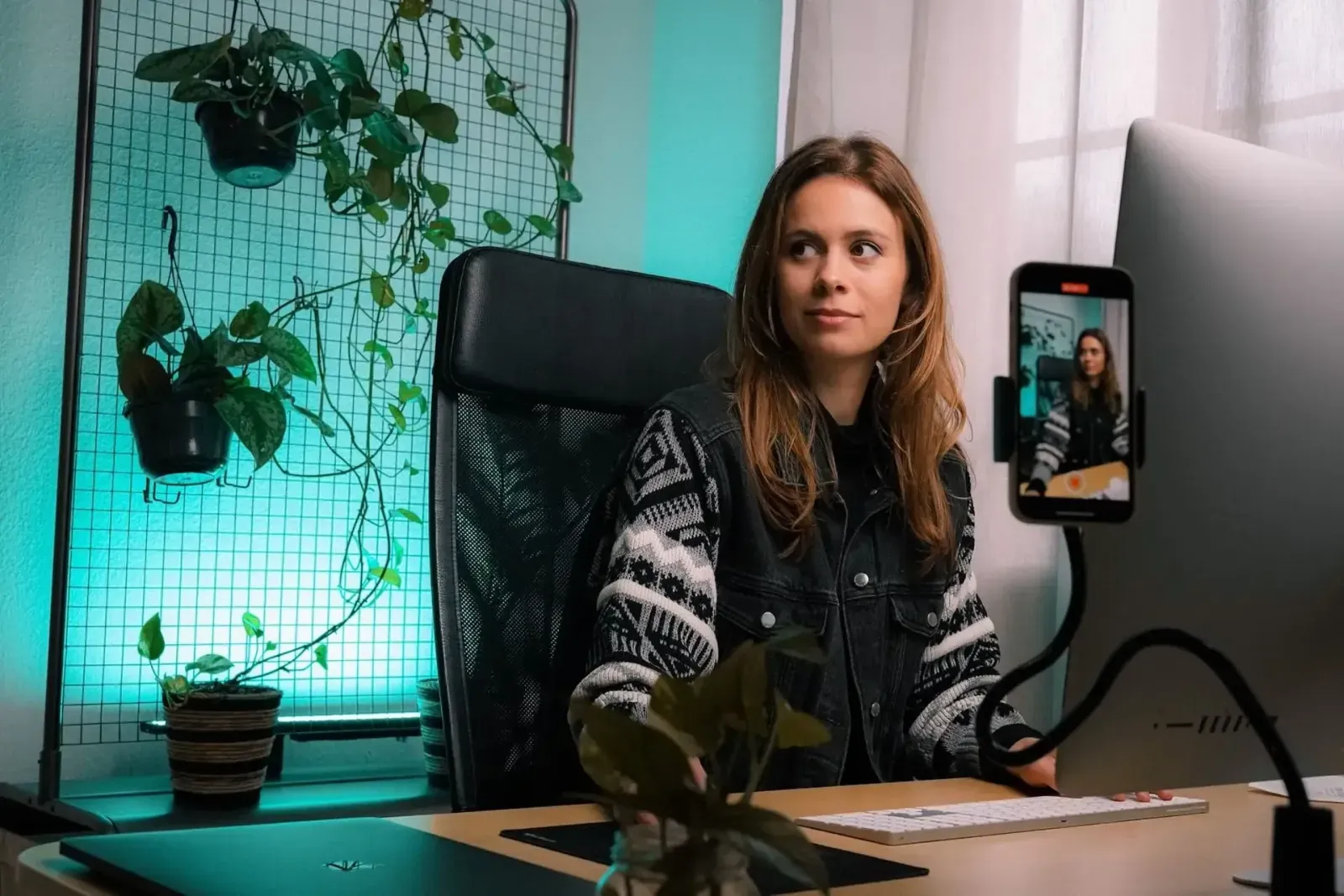
AdSense and YouTube: How does it work?
YouTube uses Google AdSense to monetize ads before, during, and after your content. Once you’re part of the YPP, you’ll earn money every time an ad is shown on one of your videos.
The amount of money assigned to each ad depends on multiple factors, including the number of viewers, where those viewers are based, how much they engage with your content, and more. It’s about quality as much as it is quantity. If a certain demographic watches tons of videos but doesn’t click any links, they’re ‘worth’ less to advertisers.
For a more comprehensive breakdown of how AdSense works, head to YouTube Analytics and check your RPM. This is ‘Revenue Per Mille’, which calculates your earnings per 1,000 video views. It’s based on ads, channel memberships, YouTube Premium revenue, Super Chat, and Super Stickers.
RPM is different from CPM, which stands for ‘Cost Per Mille’. This is the cost per 1,000 ad impressions, showing how much advertisers spend displaying ads on your content. This means it only includes views from ad-supported views.
Advertising is the key to monetizing YouTube content, and it all relies on your content following YouTube’s rules. One area where creators often fall short is their music usage.
When YouTubers include tracks in their content, they should hold the correct rights or license to do so. If they don’t, the rights holder — usually the songwriter, artist, or record label — is told by YouTube Content ID. Even if it’s an honest mistake, this slip-up can result in other parties monetizing your content instead of you.
But why stress about music copyright when you can use Epidemic Sound? We own all the rights to our catalog of more than 50,000 tracks. Check it out below and start soundtracking your content safely today.

How much does YouTube pay?
The average YouTube pay rate ranges between $0.1 to $0.3 for an ad view — this averages between $10 and $30 per 1,000 ad-supported views.
To give you some context: if you work on that average, you still need to generate over one million views per month to replace a full-time income. That’s why so many creators don’t rely on ad revenue sharing alone.
The figures drop when it comes to YouTube Shorts. Some users suggest that the figure is between $0.03 and $0.07 per 1,000 views, but there’s nothing concrete from YouTube’s end.
How do you earn money on YouTube?
Now that we’ve discussed what YouTube monetization is, how it works, and how much you can earn, let’s break down the specific avenues through which you can monetize.
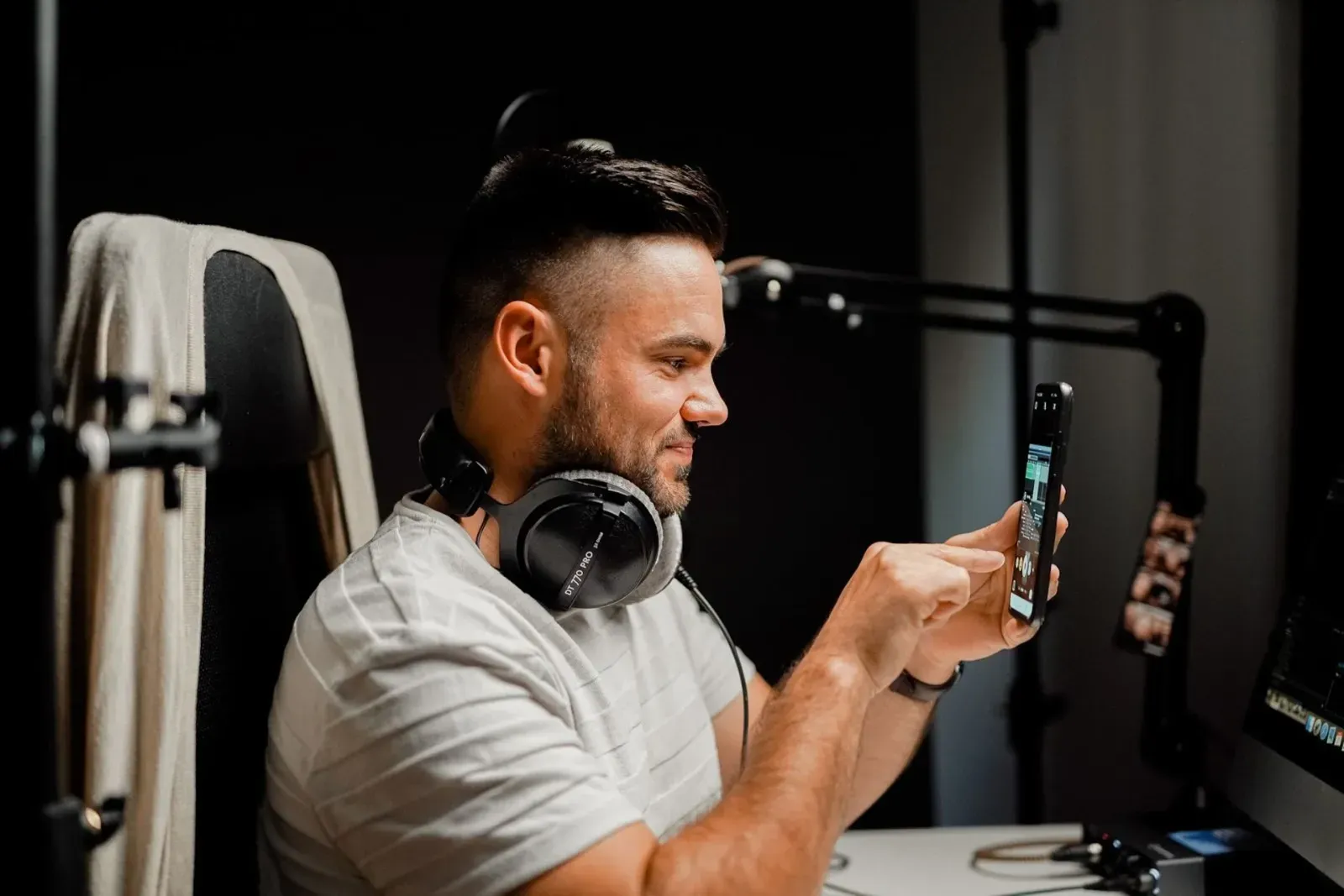
Watch Page ads
Watch Page ads are ads that appear before, during, after, and around your videos on the Watch Page. This means you’ll bag money every time a viewer watches one of your ad-supported long-form videos, YouTube Live streams, or embedded videos.
Shorts Feed ads
Shorts Feed ads show up in between Shorts videos. YouTube keeps 55% of Shorts-related revenue, compared to 45% from long-form videos. If you’d like to learn more, read our article about YouTube Shorts monetization.
Commerce Product
The Commerce Product section bundles together a collection of fan-funding extras. They’re all worth looking at, and you get to keep 70% of any earnings you make.
- Super Chat: This is a chat function available in YouTube Live videos and premieres. Users can donate up to $500 per day in the Super Chat — in return, their comment features prominently in the chat.
- Super Stickers: These are similar to Super Chat, offering users the chance to buy interactive stickers priced between 99 cents and $50. Once purchased, the stickers are pinned to the top of the live chat. This means commenters with Super Stickers are more likely to grab the creator’s attention while streaming.
- Super Thanks: Viewers can buy Super Thanks to show gratitude toward their favorite creators. Like Super Chat, they can spend up to $500 per day; unlike Super Chat and Stickers, they can be used on any long-form video uploaded to YouTube. Super Thanks will secure users a featured, animated comment in the live chat.

YouTube Premium
If viewers with a YouTube Premium subscription watch your content, you’ll receive money. This applies to all content on your channel, as long as it meets the Community Guidelines.
YouTube Premium Lite
YouTube Premium Lite is similar to YouTube Premium, but is kinder on users’ wallets. For a monthly fee, they can watch content ad-free, so long as it’s not a music video or heavily music-focused. Premium Lite is currently in pilot testing, and isn’t available worldwide.
Channel membership
Channel membership lets users join an exclusive section of your channel for a monthly fee. Similar to Patreon, you can structure unlockable content and perks into tiers, including exclusive badges and emojis.
Channel memberships range from 99 cents to $100 per month. In the same vein as Commerce Product features, YouTube takes a 30% slice of revenue from any channel memberships.
YouTube Shopping
If you want to go beyond your other storefronts — like Etsy, for example — you can sell directly through YouTube. YouTube Shopping lets you link to your products during your videos and YouTube Shorts.
Your products can also be purchased via your channel’s official store, a product shelf below your content, a shopping button within your content, or as a pinned product during YouTube Live streams.
It’s a great way to link your storefronts, sending people directly to any merch you might have available. To qualify for YouTube Shopping, double-check that your channel isn’t set to ‘Made for Kids’, and doesn’t feature a significant amount of videos labeled as such. Otherwise, you may not be able to set up YouTube Shopping.
YouTube and AdSense don’t take a cut from your merch sales on YouTube Shopping. The only fees come from whatever agreement you have with your storefront provider.
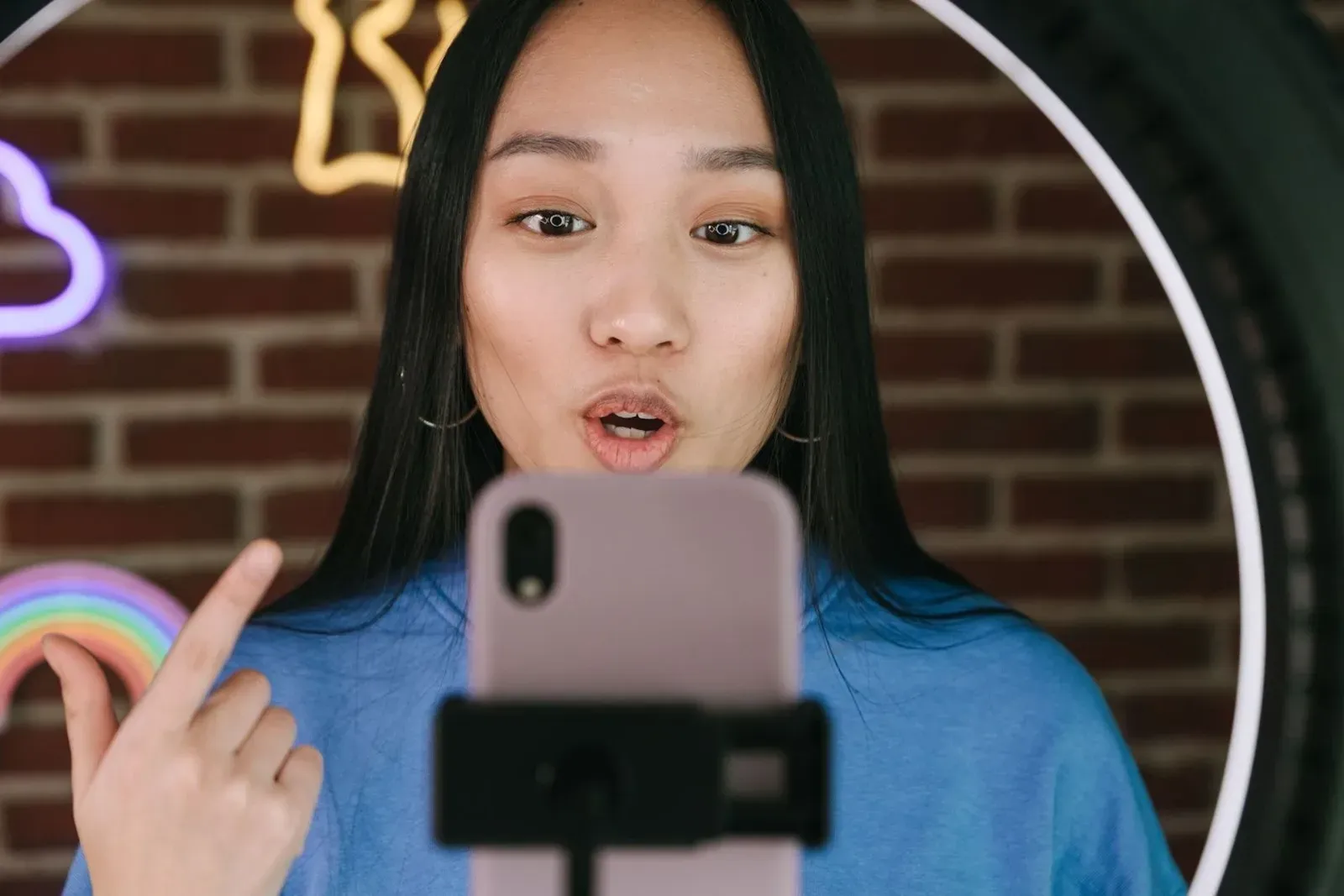
Affiliate links
Affiliate marketing is a referral process in which an online merchant or advertiser shares a tracking link with an external partner, also known as an affiliate. The affiliate shares the link with potential customers. Once an action is completed — usually a purchase — via the link, the affiliate receives a commission.
To sweeten the deal for the customer, affiliate links often provide some kind of discount. They’re not a get-rich-quick strategy, but affiliate links are a great way to make passive income as a creative.
Third-party subscription platforms
Platforms like Patreon and Buy Me A Coffee are direct ways for creators to offer something to fans outside the confines of YouTube. Creative ideas like early access to videos, polls deciding future content, merch discounts, and more are all popular options.
Brand sponsorship
If you feel that your content chimes with a specific brand, why not reach out and see if they’ll sponsor you? It’s not a super-stable monetization strategy, but creators have reported earning anywhere between $100 to $4,000 per sponsored post. Naturally, this figure doesn’t include mega-influencers with millions of followers.
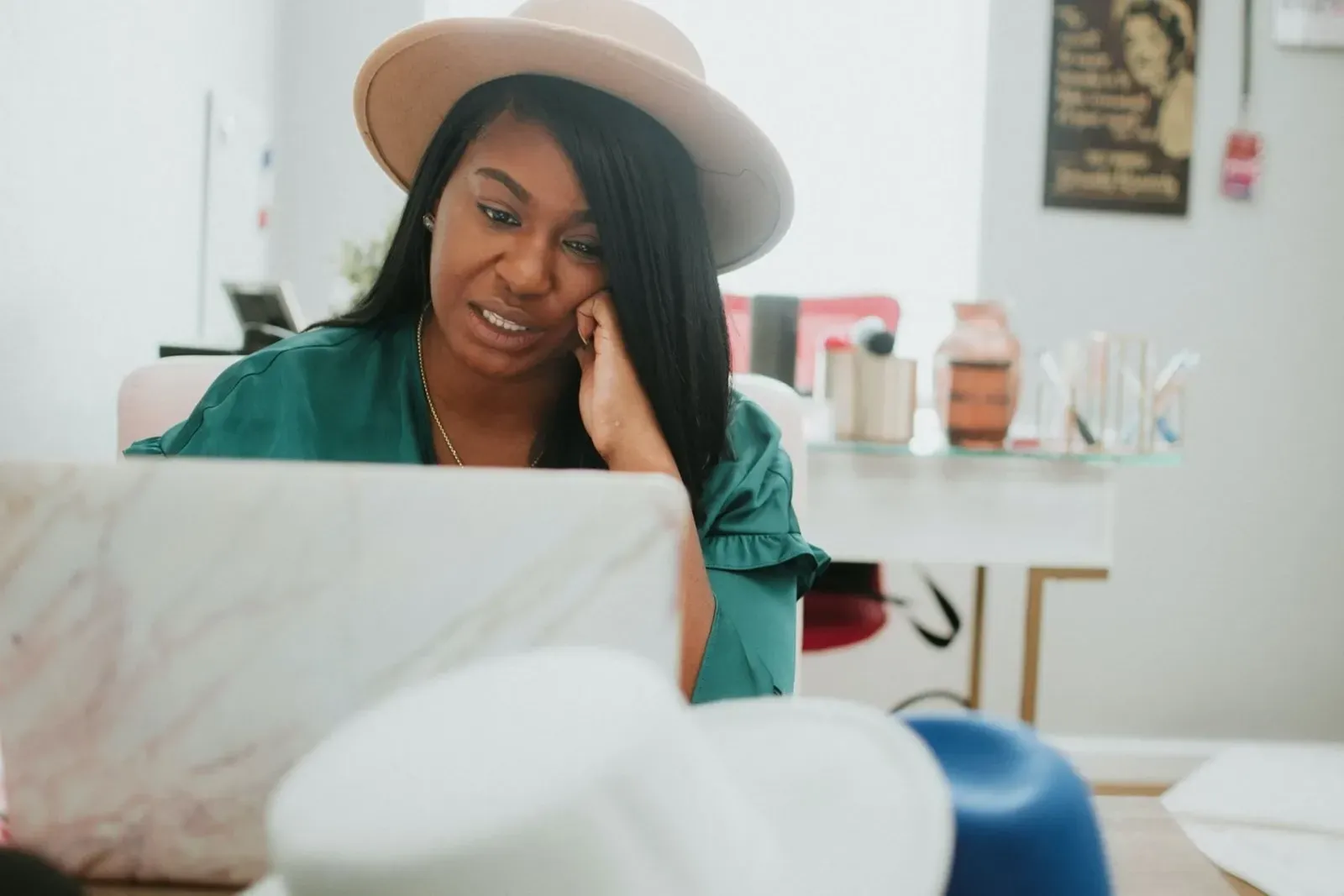
Paired with the right brand, you can make a solid amount of money without relying directly on AdSense. If you live in an eligible country, you can also apply to work with brands through YouTube’s own service, BrandConnect.
The details we’ve covered today should give you a basic understanding of YouTube monetization, but remember: you need to recognize and follow copyright law. One of the main things content creators misunderstand or simply miss is music copyright — the legal complications attached to improper music usage can be a nightmare. Let us help you out.
Our catalog is high-quality, affordable, and safe. An Epidemic Sound subscription goes beyond royalty-free music, removing the headache of licensing and freeing you up to do what you do best. You can enjoy the safety of our license hand-in-hand with our massive catalog of 50,000 tracks, covering just about every genre you can think of. You’ll also gain unlimited access to our advanced search functions — finding the right sound’s never been easier.
It’s better than royalty-free. It’s worry-free. Get started with Epidemic Sound below.

Looking to take your YouTube channel to the next level? Browse our catalog of sound effects for YouTube videos and our massive collection of YouTube music.
Related posts:

